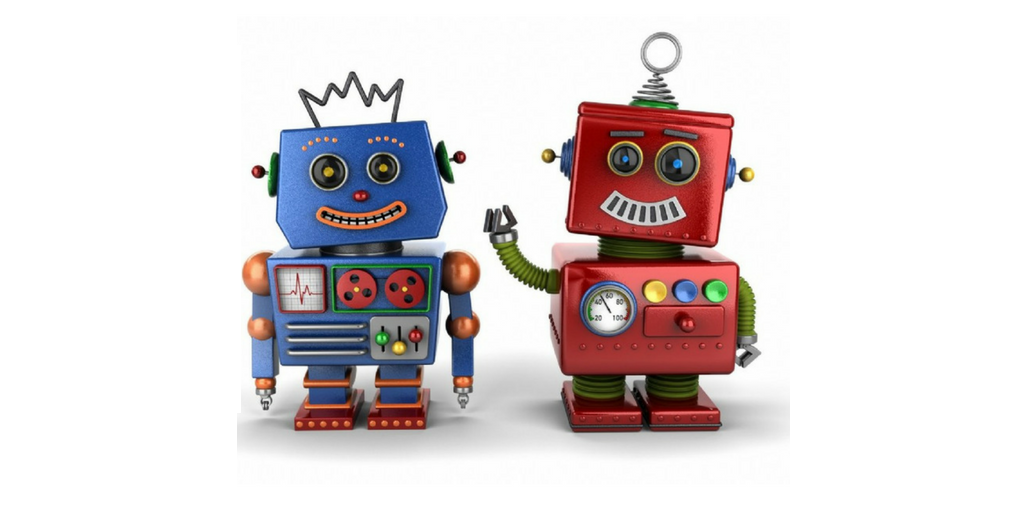Chatbots have been around us in various forms for a long time. Today chatbots are almost everywhere. Some process only text, such as many bots operating in pop-ups on a website or in instant messaging, such as Messenger or WhatsApp. Others, in turn, also use advanced speech recognition systems – this category includes, among others, Siri, Alexa or the Google Assistant.
Thanks to chatbots, depending on their purpose, design and advancement level, we, as users, can easily order a cinema ticket, take advantage of help in choosing a product in the online store, find a solution to a technical problem with a purchase or receive various types of information.
Chatbot in the company – examples of applications
– answers to the most popular questions related to the product or the purchasing process,
– preliminary lead qualification – obtaining information on the expectations of a potential customer,
– comparison of the offered products based on data provided by the user,
– testing the level of customer satisfaction with the product / service.
The simplest chatbot is based on rules – the mechanics of its operation use a set of predefined answers to specific questions. As you click on the next options, new branches will be activated in the tree. More advanced bots use machine learning, thanks to which, to some extent, they “themselves” choose answers based on keywords and their construction, in theory increasing their capabilities with each subsequent interaction with the user. The most developed chat programs are based on artificial intelligence, which allows them not only to “learn” to interpret new words, but also to generate statements in natural language.
Chatbot in the company – is it worth it?
From the company’s perspective, the greatest advantage of a chatbot is the relief of the customer service department. The bot is usually able to answer frequently asked questions and solve simple user problems. If the matter asked by the client requires an employee’s intervention, the bot will provide the consultant with basic data after an initial “conversation”, thanks to which the consultant will be armed with information about the question category at the beginning of the conversation, saving time – both for the employee and the client.
Despite the many undeniable advantages, it is very easy to implement a chatbot in a way that will do more harm than good. The installation of the chatbot in the company must be thought out and properly implemented.
What should we watch out for when “hiring” a chatbot in a company?
In customer service, even the most advanced chatbot builds a psychological wall between the company and the contacting user at the outset. No human likes to be treated – mechanically. Of course, this is an individual matter, but for most clients, making contact with the program creates a feeling of being an ignored petitioner to some extent.
Conversation with a bot (especially underdeveloped) can be irritating – explaining the problem to a consultant is usually faster and easier in terms of communication than “clicking” through the available options to finally find – or not – a specific issue or reach the option of contacting a person on the hotline.
Bots process natural language better and better, but it will be a long time before they learn less standard grammar structures and will be able to fully “understand” every question addressed to them. Even greater complications arise with bots that try to interpret verbal speech. Then the first system is to understand the message using the speech recognition system and process the message into a text form, and then tag individual words. This involves a huge amount of data – each person speaks with a different voice, has a slightly different accent or phonetic habits, and there are potential interference or background noise on the line. It should also be remembered that we usually construct verbal messages a bit differently than written ones. It is only at this point that it comes to the “standard” interpretation of the text, which in itself is a multi-faceted, intricate process.
If the bot cannot recognize the interlocutor’s intentions quickly and accurately, the stairs begin. Some users will resign from contact at this stage, which can be considered a Pyrrhic victory (less work for the service department, at the cost of annoying the customer at best, losing the customer at worst).
Let’s assume that the message has been fully understood and the bot has data on the basis of which it is able to help the user. As in the case of the list of frequently asked questions (FAQ), messages sent by the chatbot must be as specific and precise as possible. In this case, placing a wall of text in front of the user, overloaded with various topics orbiting a specific issue, but not touching it directly, will increase negative feelings from the entire account.
How to implement a chatbot?
The key aspect – as usual in business – is the answer to the question of what tasks the chatbot is supposed to fulfill and, above all, to whom it is intended. Only after a thorough analysis of the purpose and requirements of the target group, it is worth moving to the design stage and then implementation.
Therefore, you should collect a database of questions with which customers (no matter if current or potential) turn to a given company – the brief should be as detailed as possible. The good news is that in the vast majority of cases it is not necessary to create a chatbot from scratch – there are hundreds of ready-made programs on the market that we can implement with the help of specialists according to our needs and requirements, for example by integrating the chatbot with the company’s CRM system.
